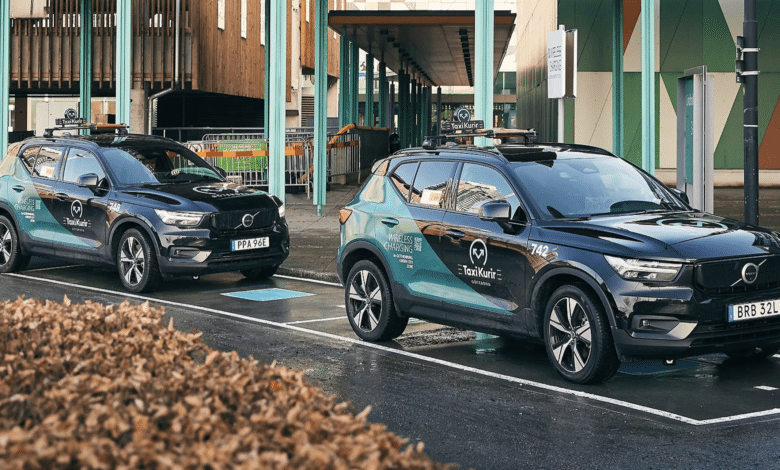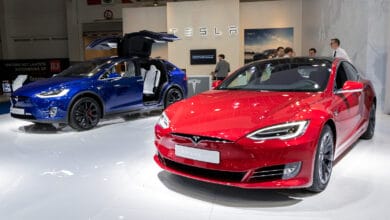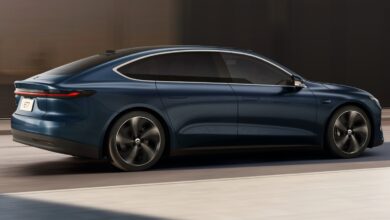
Volvo is currently working on a small revolution in the field of electromobility. The Swedes are not focusing on the performance or capacity of batteries. Instead, the car manufacturer wants to throw a new type of charging into the ring. If Volvo has its way, the electric cars of the future will namely be able to be charged wirelessly.
Volvo is trying out inductive charging
The idea of charging a car wirelessly is not new, of course. At the latest since it has been possible to charge smartphone batteries wirelessly using induction technology, the idea of implementing this for cars has also been on the table. The big advantage is that you can do without annoying tangled cables. But that’s not all. In the distant future, it could even be conceivable to equip entire roads with the corresponding technology. The batteries of the vehicles would then hardly run out. After all, the battery will be constantly charged while the vehicle is in motion. Since this sounds promising, it is hardly surprising that some companies have already experimented with the idea. However, the results have not really been suitable for mass production.

BMW even launched an exciting and market-ready idea. Fittingly for its 5 Series plug-in hybrid, the Bavarian automaker offered a wireless charging option. Buyers could then place this in their own garage. While this was practical, it was also not really suitable for everyday use in many respects. In addition to a price that was far too high, insufficient charging power also spoke against the purchase. However, Volvo still finds the basic idea promising. The Swedes are pursuing their goal of establishing a mass-market solution for wireless charging all the more vehemently. Some cabs in the Swedish city of Gothenburg are to be used as part of a pilot project.
Up to 40 kW possible
In a way, the basic idea is reminiscent of a classic induction stove. Magnetic coils generate magnetic fields that, in interaction with the magnetic counterpart on the car, produce electricity. This charges the battery. To ensure maximum voltage, the counterpart on the car must be directly above one of the coils in the ground. At best, a little over 40 kW of charging power should be possible on the Volvo cabs. To ensure as much energy efficiency as possible, the vehicles use cameras. These are intended to ensure that the vehicle can be positioned perfectly. With current technology, however, a charging loss of around 20 percent has to be accepted. This means that more electricity is used than ultimately reaches the car battery. So for the time being, charging by cable remains more favorable. After all, significantly more electricity arrives in the car itself.
Exercise makes perfect
The “cab study” launched by Volvo is a field trial. According to the Swedish company, this will last for three years. The move to opt for cabs is quite smart. After all, the vehicles there cover around 100,000 km every year. This should provide the first meaningful results on the new charging technology relatively quickly. The data collected will be used to improve the charging stations bit by bit. By the way, the data comes from Momentum Dynamics. Since the manufacturer is considered an expert in induction technology, Volvo could have found the perfect partner. We are curious about the first results.




No replies yet
Neue Antworten laden...
Neues Mitglied
Beteilige dich an der Diskussion in der Basic Tutorials Community →